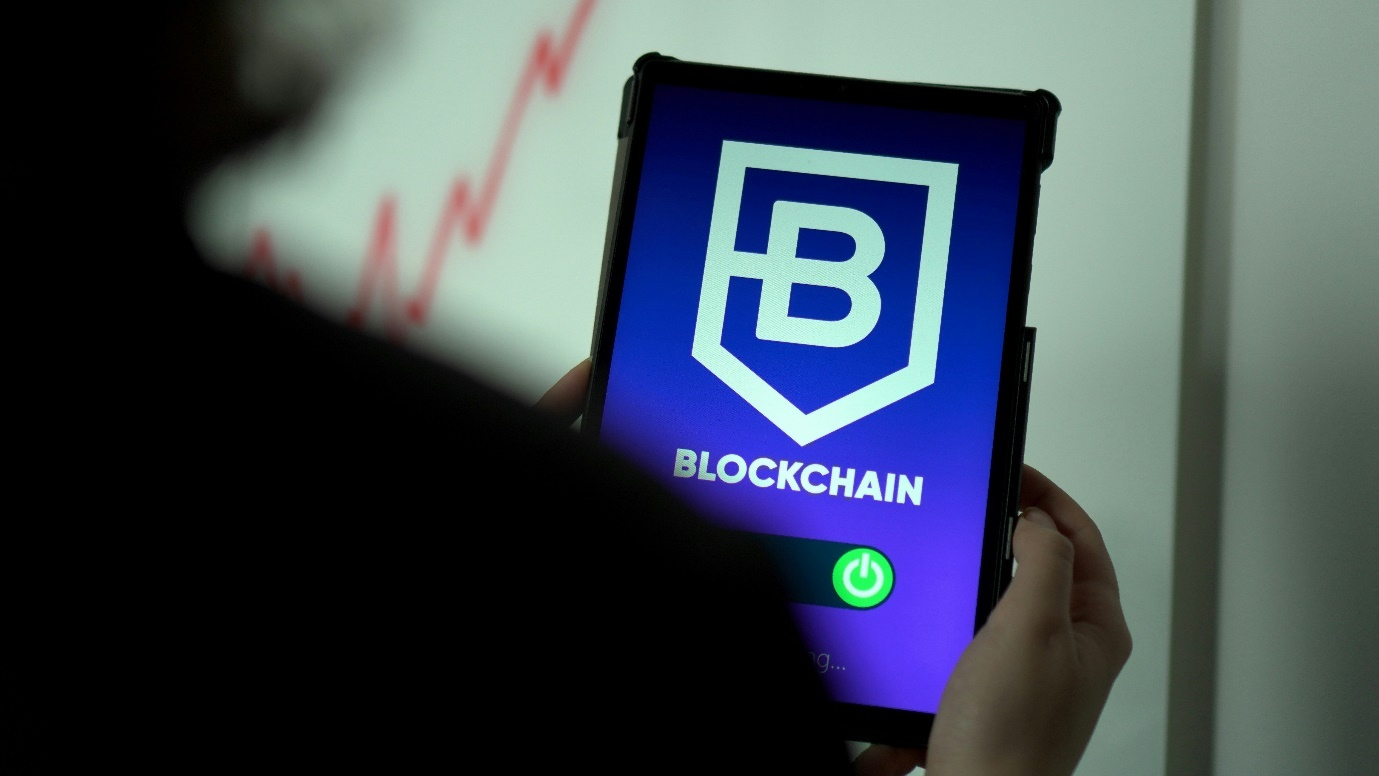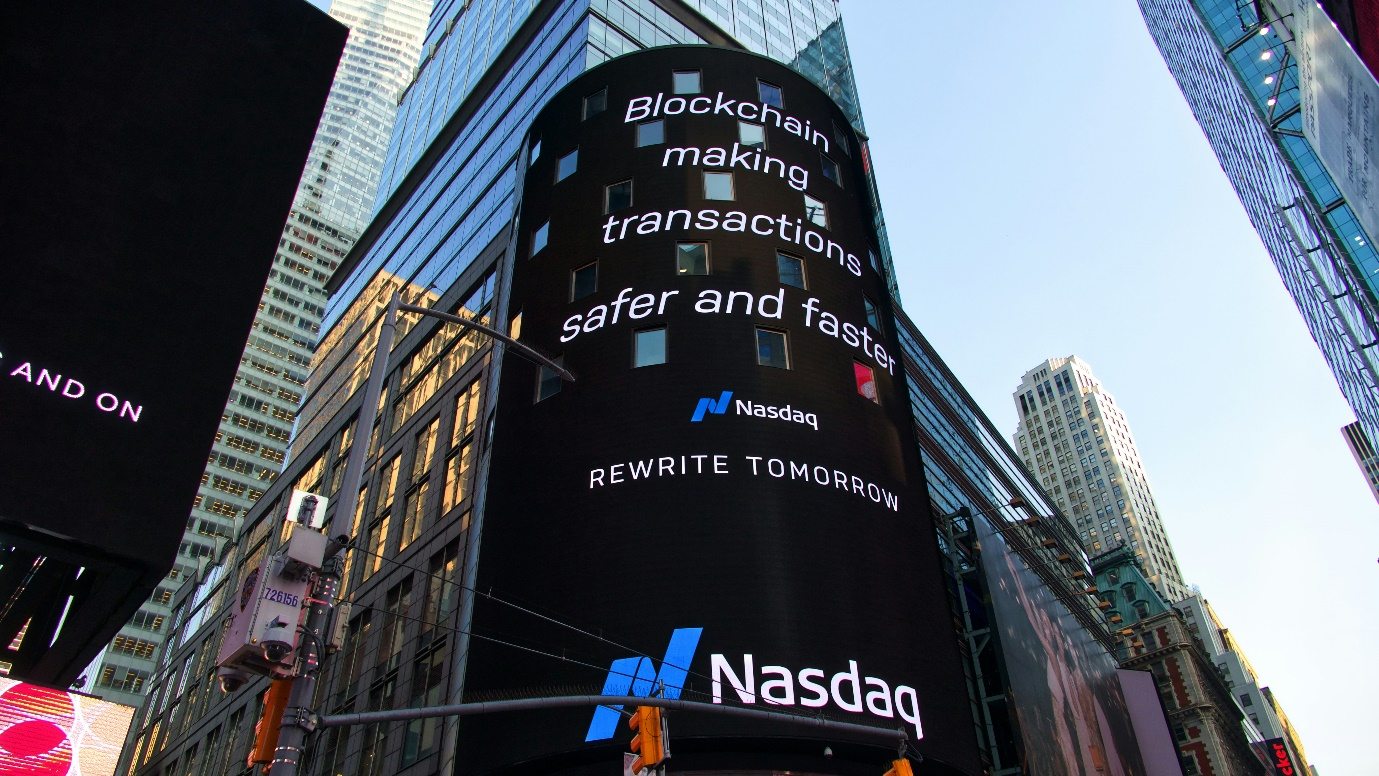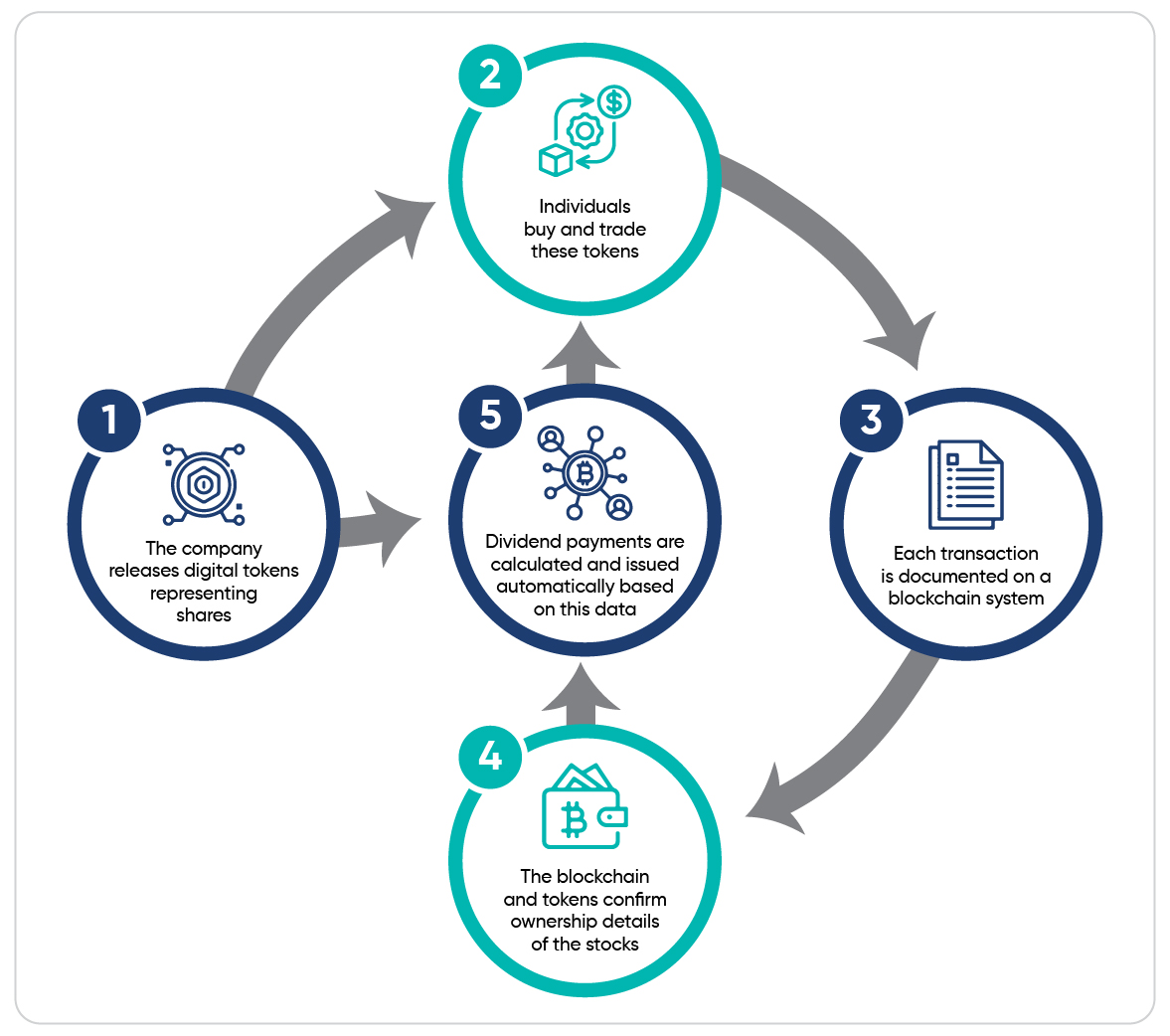
Security Token Offerings (STOs) have emerged as a compliant alternative to traditional Initial Coin Offerings (ICOs), blending the regulatory framework of initial public offerings (IPOs) with the flexibility of blockchain technology. STOs issue digital tokens, typically representing an investment in real assets, equity, or debt, which are subject to regulatory oversight, aiming to offer increased investor protection and market integrity.
Regulatory Landscape and Compliance
Globally, the regulatory environment for STOs is complex and varied. In the United States, the Securities and Exchange Commission (SEC) plays a crucial role, with STOs needing to adhere to the Securities Act of 1933 and the Securities Exchange Act of 1934, among other regulations. The key test applied by the SEC to determine if a token constitutes a security is the Howey Test. Compliance with these regulations ensures that STOs meet rigorous disclosure and reporting requirements, providing a layer of security for investors.
In Europe, the European Securities and Markets Authority (ESMA) oversees the STO framework, ensuring compliance with the Markets in Financial Instruments Directive II (MiFID II) and the Prospectus Regulation, which govern the issuance and trading of securities across the EU. This harmonized approach helps protect investors while ensuring market stability.
The Asia-Pacific region presents a more fragmented regulatory landscape, with countries like Hong Kong and Singapore pioneering comprehensive frameworks for digital assets. Hong Kong, for instance, has implemented stringent measures under the Securities and Futures Commission (SFC), requiring intermediaries to manage risks associated with ownership and technology of tokenized securities, ensure due diligence, and maintain robust cybersecurity measures.
Unlocking Real-World Asset Investment Opportunities: A Comprehensive Guide
Investor Protections
Investor protection is paramount in the STO ecosystem. Regulatory bodies require clear disclosures about the risks associated with token investments, including detailed information on the issuance and the rights attached to the tokens. Measures such as mandatory audits of smart contracts and the assurance of finality of on-chain settlements are commonly adopted to safeguard investors’ interests.

Bridging Traditional Finance and Blockchain
Security Token Offerings (STOs) stand at the confluence of traditional finance and blockchain technology, providing a structured pathway for the integration of these two worlds. This integration is crucial, as it leverages the strengths of both sectors to create a more inclusive and efficient financial landscape.
Enhancing Market Accessibility and Efficiency
One of the primary ways STOs bridge traditional finance and blockchain is by enhancing market accessibility. Traditionally, certain asset classes, such as real estate, fine art, and private equity, have been characterized by high entry barriers due to substantial capital requirements and regulatory constraints. However, through tokenization, these assets can be divided into smaller, more affordable units represented by tokens, which can be easily traded on digital platforms. This process not only democratizes access to high-value investments but also increases the liquidity of markets that were previously considered illiquid.
Moreover, STOs contribute to market efficiency by streamlining processes such as issuance, settlement, and compliance. Traditional securities trading involves multiple intermediaries, such as brokers and clearinghouses, which can lead to inefficiencies and increased costs. In contrast, STOs utilize blockchain technology to automate these processes through smart contracts, reducing the need for intermediaries and thereby decreasing transaction costs and settlement times.
Regulatory Compliance and Investor Confidence
A significant aspect of bridging the gap between traditional finance and blockchain is ensuring that STOs operate within a stringent regulatory framework. Regulatory compliance is key to gaining the trust of traditional investors and institutions. In jurisdictions like the United States and the European Union, STOs are subject to comprehensive regulations that govern securities, ensuring that they meet high standards of transparency and investor protection. For instance, in the U.S., STOs must comply with the Securities Act of 1933 and the Securities Exchange Act of 1934, as well as specific regulations like Reg D and Reg S for exemptions.

These regulations mandate rigorous disclosure requirements and continuous reporting, similar to traditional securities. This not only helps protect investors but also enhances the credibility of STOs as a legitimate investment vehicle. By aligning with these regulatory standards, STOs can attract institutional investors who might have been previously wary of the perceived risks associated with digital assets.
Facilitating Global Capital Formation
STOs have a unique capacity to facilitate global capital formation. Unlike traditional securities, which may be confined by national borders and varying international regulations, security tokens can be designed to comply with regulations across multiple jurisdictions. This global approach not only expands the potential investor base but also provides issuers with access to a more diverse pool of capital.
Furthermore, by leveraging blockchain technology, STOs can ensure that cross-border transactions are more secure and transparent. Blockchain’s inherent characteristics—decentralization, immutability, and transparency—ensure that all transactions are recorded securely and can be audited in real-time. This reduces the potential for fraud and enhances compliance with international regulatory standards, making it easier for investors and regulators to trust and engage with these financial instruments.

Promoting Innovation and Economic Growth
STOs also play a pivotal role in promoting innovation and economic growth. By providing a platform for raising capital through blockchain, new ventures and startups have the opportunity to access funding that might not be available through traditional financial systems. This is particularly important in sectors like technology, where rapid innovation is crucial but traditional funding mechanisms may be insufficient or misaligned with the needs of tech entrepreneurs.
Additionally, the increased efficiency and reduced costs associated with STOs can lead to broader economic benefits. Lower transaction costs mean that more capital can be directed towards productive investments rather than being expended on fees. Similarly, faster settlement times can lead to quicker capital turnover, which is beneficial for business operations and economic growth.
The evolution of STOs is indicative of a broader shift towards more secure, transparent, and compliant digital finance tools. As regulatory frameworks continue to evolve, the potential for STOs to fundamentally reshape the investment landscape remains vast. By adhering to stringent compliance standards and prioritizing investor protection, STOs are set to play a pivotal role in the future of finance, merging the benefits of both traditional and digital realms.

Step Into The Future With Data-Driven Opportunities in Digital Assets
Join Kenson Investments to better understand the evolving landscape of digital asset portfolios and how you could be navigating the markets with the help of our blockchain and digital asset consulting services. Our team of bitcoin investment consultants is here to guide you every step of the way. Be a part of this revolutionary industry with our digital asset management consultant services, offering comprehensive digital asset investment solutions.
Contact us today!














